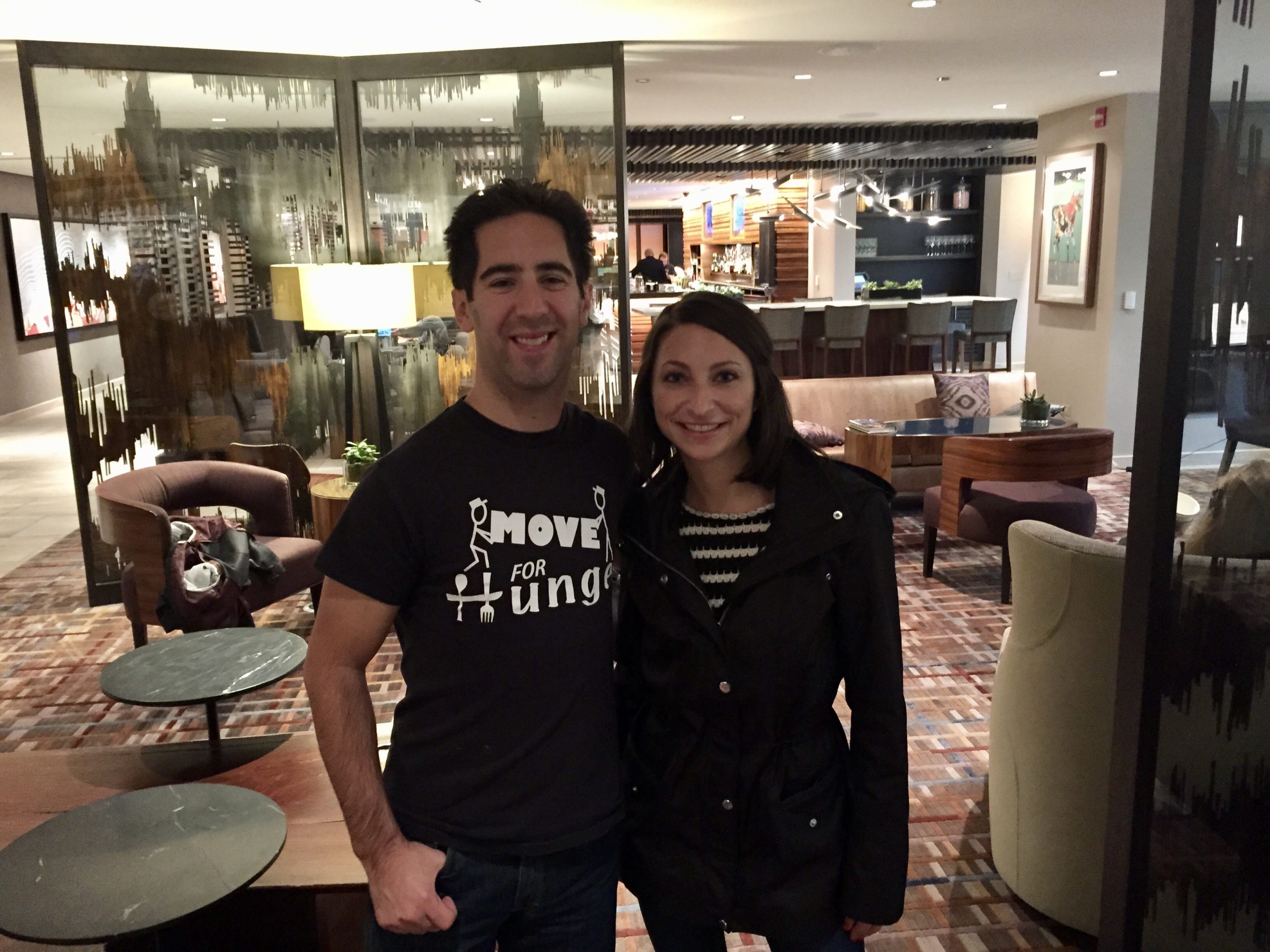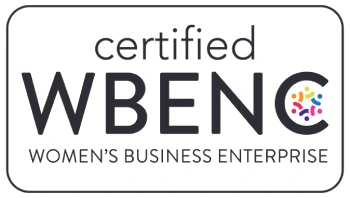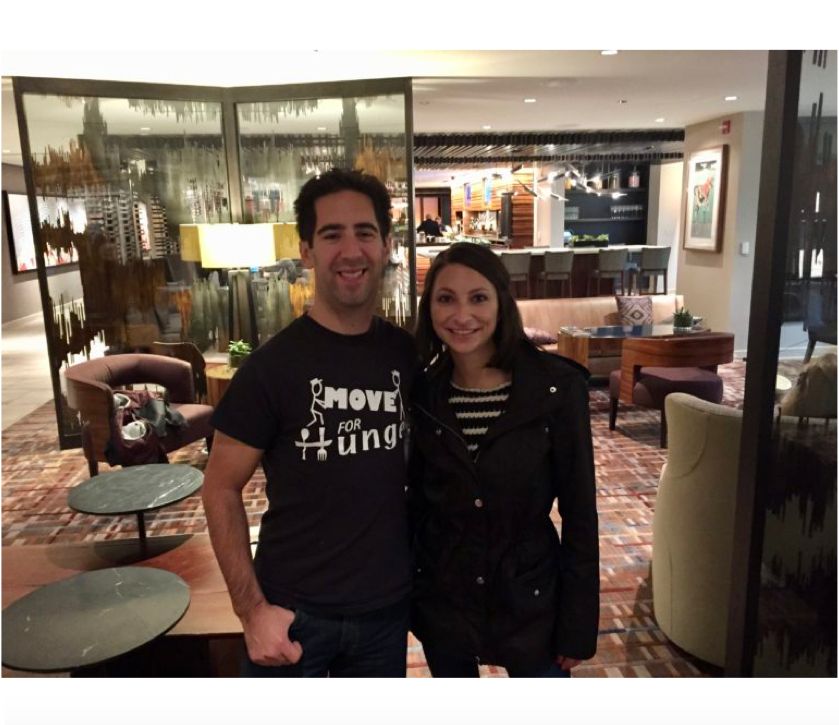This interview is the first in a series I’ve collected to support The Knock Method™, my 8 step methodology for building thriving career relationships. Learn more about my upcoming workshops for the full experience!
A non-profit organization founded in 2009, Move for Hunger, is the brainchild of Adam Lowy, the son of a family moving company, Lowy’s Moving Service in New Jersey. Adam realized people throw out significant amounts of non-perishable food items when they move that could help combat hunger in local communities if they didn’t go to waste. Furthermore, with a business that runs on a transportation fleet, there would be built-in capability for moving trucks to take unused food to local food banks and organizations. What started as a local initiative has taken off nationwide, with over 900 participating movers in the first 9 years of operation. What was the key to Move for Hunger’s success?

While donating food to those in need is a cause that may seem effortless to garner support for, Adam found early on that he would still need buy-in from movers and moving transportation companies to convince them to go out of their way to get the food where it needed to go. And, he’d need to have the answers to their questions and resources available to help once they joined the movement when he knocked on their door with his new concept.
From Cold Call to Cold Shoulder
In the beginning, Adam made cold calls to moving companies trying to explain his concept. The results were less than desirable. In fact, it backfired in one instance. Adam’s dad was a member of Wheaton World Wide Moving, a global moving company with a vast network of movers and partners. Adam decided to approach the president of Wheaton and without much lead-in, ask for $100,000 to launch their initiative. The president immediately responded by asking his company to end all communications with Move for Hunger.
Why? The ask was unsubstantiated, aggressive and likely did not accurately present the value that Adam’s audience, Wheaton, would bring to a partnership. In other words, it was a one-sided, short-term ask without a lot of explanation– and a big one. Adam apologized and provided further explanation as to how he calculated the amount he asked for, shared his vision to gain buy-in, and found a way to provide value to Wheaton – by offering exclusivity as a partner for one year which would help them with brand recognition. After a 6-month partnership and securing a seat on the Move for Hunger Board, Wheaton’s president realized they were limiting the potential for the hunger initiative by exclusivity and that they should expand, introducing Adam to his peers.
Adam learned from his experience, realizing he would need to take another approach and build relationships, or build off of his family’s existing relationships before he could ask for support and involvement. Two examples of how he went about doing so stand out:
Highlighted Commonality, exercised Authenticity, and built positive Reputation, personal Relationships and generated referrals.
When Adam first reached out to Wheaton, he attempted to reach the president but was directed to a marketing contact. Adam asked if he could recommend eight moving companies that Wheaton works with. The established relationship he had developed with Wheaton and their referral provided him with the familiarity and trust that he needed to build confidence with the eight companies, which were all based in different states. Once those eight relationships were forged with Wheaton as the facilitator, Adam could now position his hunger initiative as national, instead of local to New Jersey, which would continue to generate buy-in and proof the concept was working. As the organization continues to grow, Adam also contacts companies and potential partners who follow Move for Hunger on Twitter, asking for the social media manager, making the interaction much more personal. Once a relationship is built, it’s simpler for him to ask his social media supporters within prospective partner organizations to help him connect with company leaders and decision makers. Starting with what you know and what is familiar makes the world a lot smaller and makes reaching out pay off quicker, Adam believes.
Used Personalization, professionalism, Research and preparation to demonstrate effort and commitment to building long-term relationships.
After the relationship Adam continued to build with Wheaton, Move for Hunger was invited to Wheaton’s first conference that would host about 250 moving companies, and was provided with the opportunity to host a booth. He could leverage his success with the eight companies to showcase Move for Hunger’s credibility at the company. But they could do more to continue building on their network, and their impact on hunger in local communities. Wheaton agreed to provide a list of the moving companies and conference attendees in advance. Adam and his team created customized letters and folders for each company with the attendee names on them, provided hunger statistics about their own location and handed them out when they visited the booth. This showcased their professionalism, in addition to their knowledge of each individual market while impressing attendees with the work they’d done in advance of asking for their involvement. It showed that Move for Hunger was not only doing their homework through research, it was investing in the moving companies and recognized their value, which convince them to buy-in to Move for Hunger’s initiative.
About Move for Hunger
Move for Hunger was awarded $50,000 in the Chase Community Giving awards in 2010.
Adam Lowy is a 4th generation mover whose family has owned a moving company for nearly 100 years. After seeing so much food go to waste, he launched Move For Hunger to mobilize relocation companies to rescue food during the move. To date, Move For Hunger has delivered over 9 million lbs of food to food banks.
Adam is working hard to create a sustainable solution to food waste in the US. By incorporating philanthropy into the relocation process, Move For Hunger is educating and engaging more people to participate in this solution each and every day.
Adam proudly represents the New York City Hub of the World Economic Forum’s Global Shapers Community where attended the Forum’s Annual Meeting in Davos in 2015. In 2014, he was honored among Forbes 30 Under 30. He was also recognized as an Ashoka Changemaker in 2013. In 2011 he was honored at the VH1 Do Something Awards for his commitment to creating social change.
Moving soon? Find a mover that participates in the Move for Hunger movement, and will donate your non-perishable food items to local food banks.


